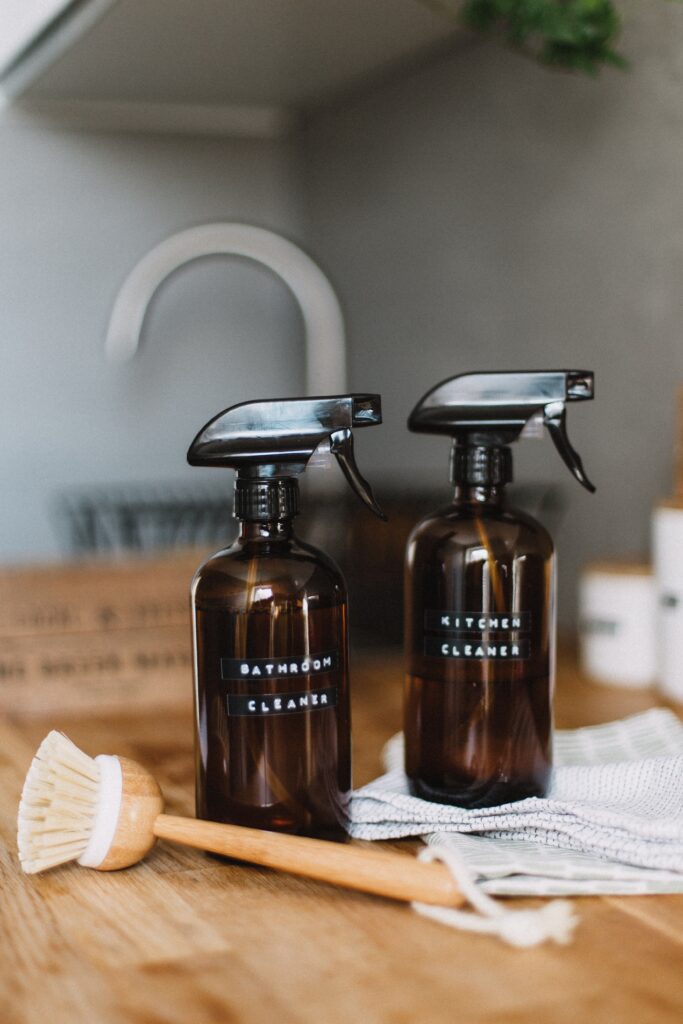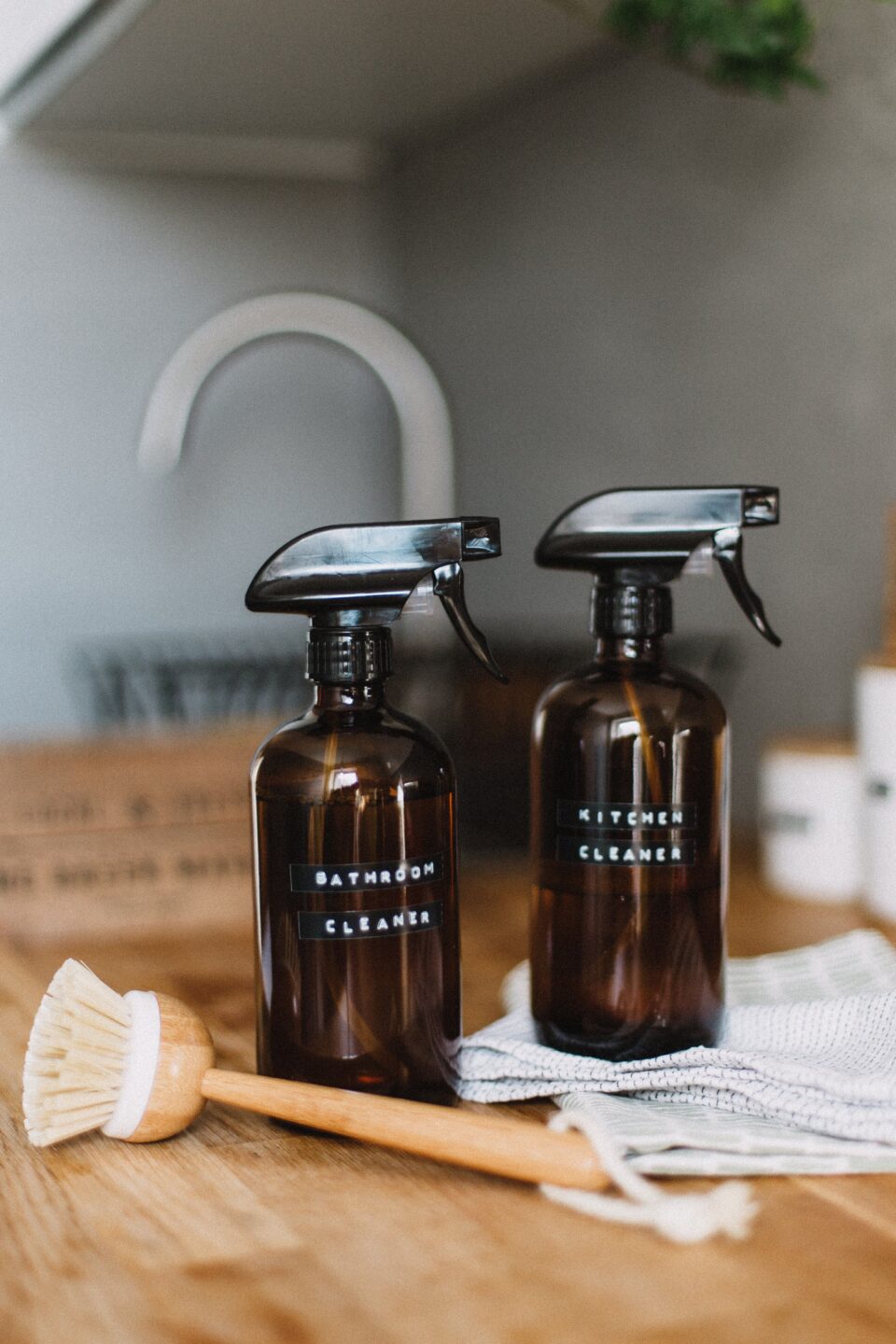
Table of Contents
Vacuum the seats
the first step in cleaning dirty car leather seats is to vacuum the seats. This helps remove any loose dirt or debris from the surface of the leather seats, which can make the cleaning process easier and more effective. Use a vacuum cleaner with a soft brush attachment to gently brush the leather seats and remove any dirt or debris. Make sure to vacuum both the seats and the crevices between the seats and the backrests.
Mix a cleaning solution
The second step in cleaning dirty car leather seats is to mix a cleaning solution. This solution will help remove any dirt, grime, or stains from the leather. A simple cleaning solution that can be used is made by mixing a small amount of mild soap, such as dish soap, with warm water. Mix the solution well to create a sudsy mixture. Avoid using harsh or abrasive cleaning products, as these can damage the leather. Before using the cleaning solution, test it on a small, inconspicuous area of the leather to make sure it won’t cause any discoloration or damage.
Apply the solution
The next step after mixing the cleaning solution is to apply it to the leather seats. To do this, use a soft cloth and gently apply the soap solution to the surface of the leather seats. Be sure to work in small sections and avoid soaking the leather. Over-wetting the leather can cause damage or discoloration, so be careful not to use too much cleaning solution. After applying the solution, let it sit for a few minutes to allow the soap to penetrate and loosen any dirt or stains.
Scrub the seats
The fourth step in cleaning dirty car leather seats is to scrub the seats. Use a soft-bristled brush to gently scrub the leather in circular motions, focusing on any stained or dirty areas. Be sure to use a gentle touch to avoid damaging the leather. The soap solution and brushing will help remove any dirt, grime, or stains from the leather. After scrubbing, wipe the seats down with a clean, damp cloth to remove any soap residue.
Wipe the seats clean
The After scrubbing the leather seats with a brush and soap solution, it’s important to remove any remaining soap residue. To do this, use a clean, damp cloth and gently wipe down the leather seats. Avoid over-wetting the leather, as this can cause damage or discoloration. Once you’ve wiped down the seats, make sure to use a dry cloth to remove any excess moisture.
Dry the seats
The sixth step in cleaning dirty car leather seats is to dry the seats. After wiping down the leather seats with a damp cloth, it’s important to allow the leather to air-dry completely. Avoid using a hair dryer or other heat source to speed up the drying process, as this can damage the leather. Direct sunlight or strong air currents can also cause damage, so it’s best to park the car in a shaded area with good ventilation to allow the seats to dry. Once the leather is completely dry, you can proceed to the final step of conditioning the leather.
Condition the leather
The final step in cleaning dirty car leather seats is to condition the leather. Conditioning the leather helps keep it soft and supple, and also helps prevent cracking and drying over time. After the leather seats have completely air-dried, apply a leather conditioner to the surface of the seats using a soft cloth. Rub the conditioner into the leather in a circular motion, focusing on any areas that are particularly dry or cracked. Allow the conditioner to soak into the leather for a few minutes, then use a clean cloth to remove any excess.
Note: Be sure to choose a leather conditioner that is suitable for use in a car, as some conditioners may contain oils or waxes that can make the leather slippery or attract dust. Additionally, be sure to test the leather conditioner on a small, inconspicuous area of the leather before using it on the entire seat to make sure it won’t cause any damage or discoloration.

